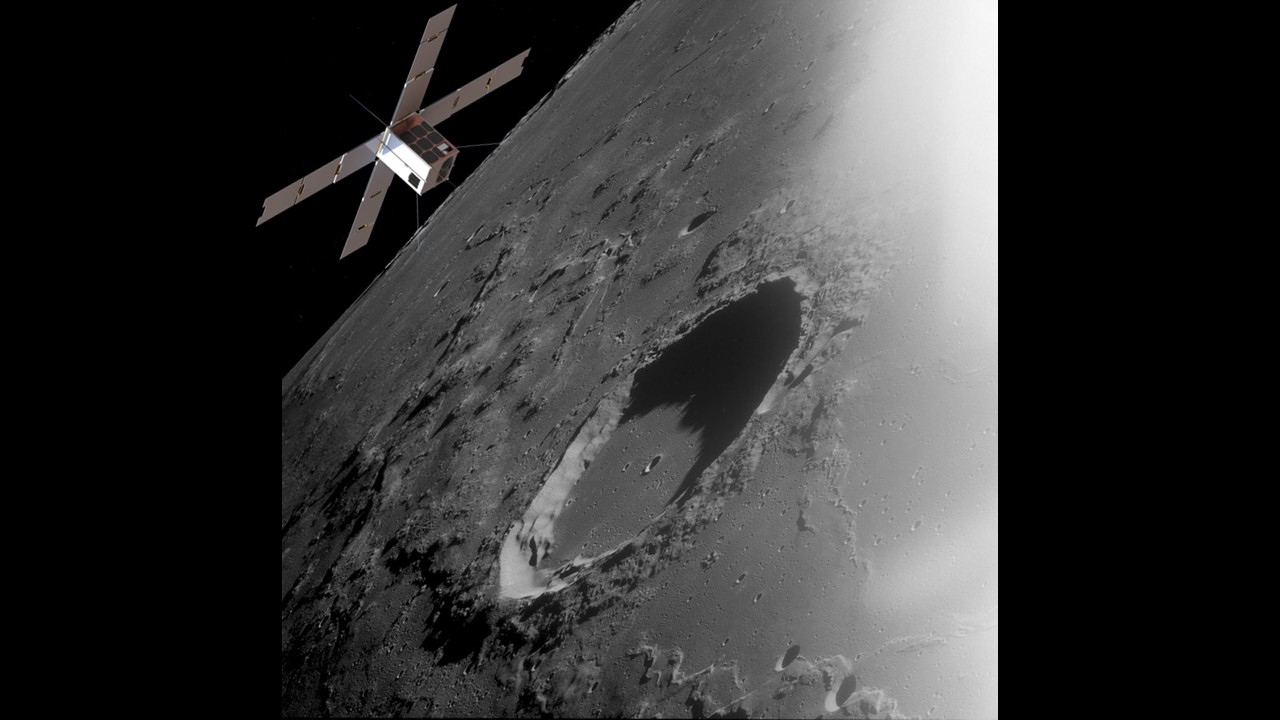The Lunar Geology Orbiter (LUGO) is a mission led by new ESA member states. Its objectives are to a) understand the thermal evolution of the Moon by studying irregular mare patches (IMPs) and b) support future human exploration by detecting lava tubes. The primary goal is to determine whether IMPs are young (<100 Myrs) or old (2.5 Gyrs). If confirmed that they are young, this would challenge the current understanding of the thermal evolution of the Moon and lead to a shift in the current paradigm about rocky planetary bodies' evolutions. The secondary goal is to understand the physical properties of subsurface intact lava tubes by their detection and characterization, to enable their future in-situ exploration and use for habitation. The spacecraft will be a ~150 kg smallsat on an eccentric lunar orbit with a very low perilune (~20 km) over the selected areas of interest, to enable sufficient surface and subsurface mapping resolution. To answer whether IMPs are formed by a young solid basaltic material or old porous lava foams, the mission will use Ground Penetrating Radar (GPR), LiDAR, Hyperspectral Camera and Narrow Angle Camera to measure a) porosity/density of the IMPs, as an indicator of their inner structure, b) the thickness of the regolith, as an indicator of the IMP’s formation age, c) mineral composition of regolith to study the effect of space weathering over time, d) topographic features associated with the IMP (size and distribution of boulders, surface roughness, crater morphologies). Further, the GPR will identify and characterize intact lava tubes. Lastly, the scientific value of an impact by the spacecraft into the lunar surface will be evaluated. During Phase 0, we will define the mission objectives and concept, carry out mission analysis, propose solutions for each instrument to satisfy scientific objectives requirements, identify mission requirements and finalize the mission definition to prepare for the following Phase A/B study.

